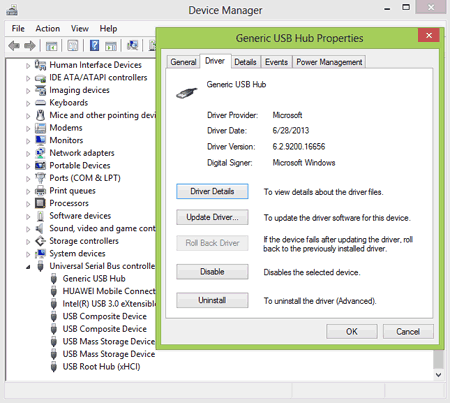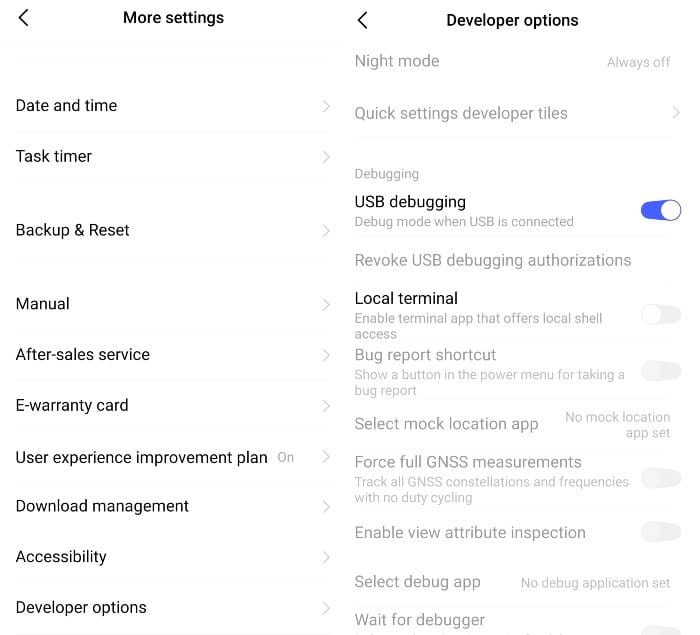
Mistakes in software, also known as bugs, are an interesting topic that many computer programmers discuss regularly. Bugs occur when building a program or after it’s finished. Programmers try to find and fix bugs, which is called “debugging”. Experts say the code itself can cause bugs because of problems in the programming language.
New programmers often wonder how to make a good bug report. Writing one well may seem difficult. But developers can use some tips to write bug reports that help. A report should answer the following questions:
- What went wrong or what’s the issue?
- Which part of the software has the problem?
- What device, browser, and operating system showed the issue?
- How can someone else recreate and resolve the problem?
Once you’ve gathered the responses to your query, arrange a bug report. Here are some simple steps:
- Start with a title or bug ID.
- Identify the unique setting where the bug exists. For instance, in Google or Firefox browsers.
- Give detailed steps to find the bug. This helps other tech folks get to its location quickly.
- State what you think should happen and describe the user’s perspectives.
- Share the real outcomes, detailing how issues behave in the browser.
- Show pictures, videos, and bug text as proof.
- Rank the bug in terms of severity or urgency to tell developers its importance.
How to Identify Challenging Bugs in Your Code?
Spotting issues in digital technology like apps can seem tough. But hunting bugs is key. It ensures happy clients, user safety, and app lifespan. Developers have many tools to find and fix these software glitches.
Not every bug needs a complex tool or method. Some solutions are simpler. Always start easy. Some fixes need just minutes to set up.
So, use the ways listed below. They’ll help locate the bad code and reveal bugs in your work.
Look at Test Cases
Every software bug can be found using a good set of test cases. Every coder should make detailed test cases before they start testing. It must have functional test cases. This helps find unhappy paths in the app and guess how different conditions affect them.
Try a Device Test
All apps on mobile or web need to be tested using actual user environments. This helps find and fix most errors users can run into. To discover bugs, perform a device test to see if the software works well with your machine. This gives a feel for how the software behaves in different settings.
Use Bug Tracking Software
Software that tracks bugs and monitors performance is crucial for finding those annoying software flaws. Using bug tracking, reporting, and assignment systems streamlines software testing throughout development. Bug Tracking Software, also called a defect tracking system, to keep track of the issues.
Tackling Bug Problems: A Software Developer’s Reality
Building software? It’s never a flawless process! It involves planning, scrutinizing, creating, checking, deploying, and keeping it up-to-date. And guess what? Each step holds its own issues! Yet, developers don’t skip the testing part – that’s where they pour their effort.
Speed is the name of the game in a crowded market. Software creators know it and aim to be quicker than the rest. And yes, being efficient is their mantra. Despite this, examining the software for errors is a crucial step. These errors, or bugs, can be minor or major, sometimes even making the software unusable! Hence, checking for bugs is always on the priority list for each project.
Takeaway
A defect is an error found in the testing phase of an application. The flaws that become a bug crash the programs or software. Even though bugs are common when running a program, it is essential to identify and fix them immediately.
Finding errors in software and reporting them is crucial since fixing bugs in code is complex. Some cases occur primarily during testing. Some bugs may dispute without an explanation for their behavior. To address errors or bugs correctly, write a quality bug report.









